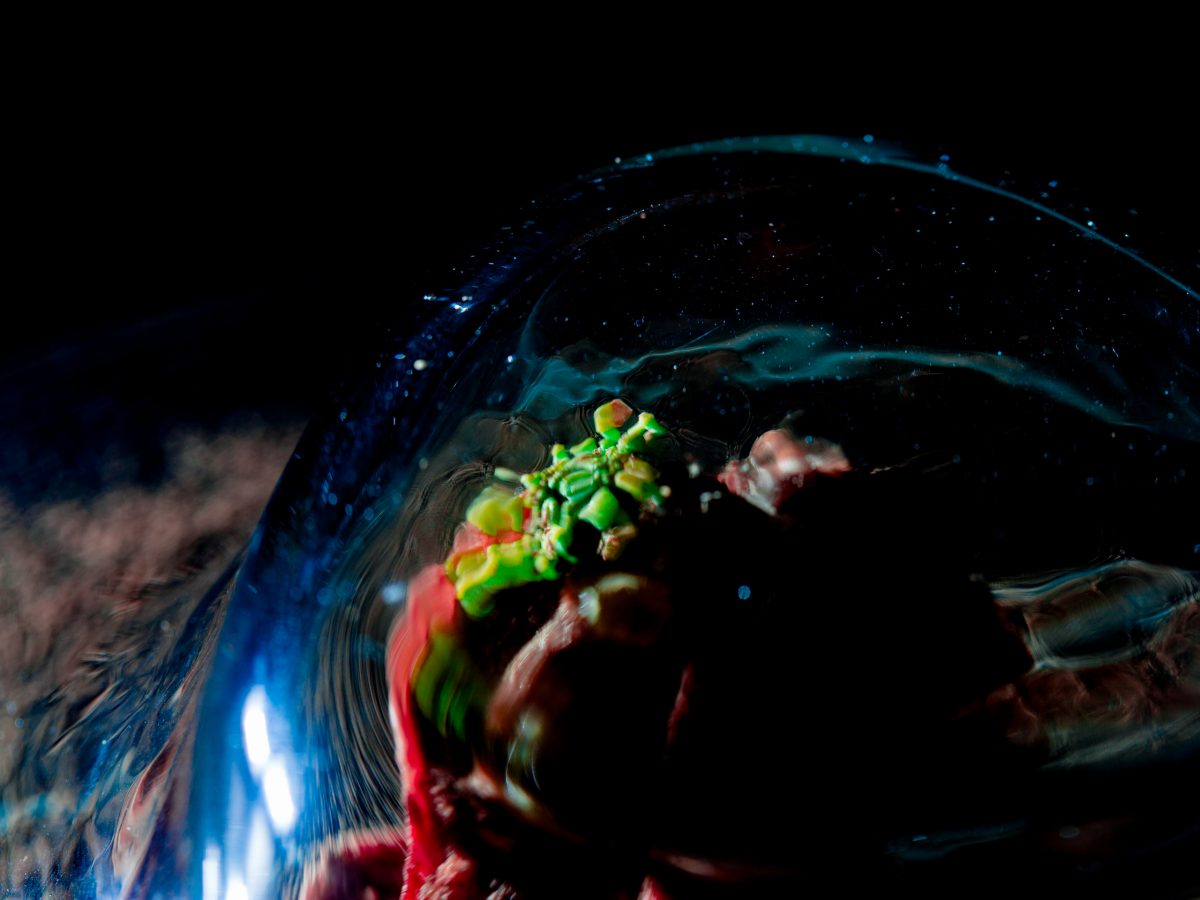Why food as art
We started thinking about food and its relationship to fine art when we opened Restaurant Nouri two years ago. We knew that chefs had rarely been considered artists. We had been seen as craftsmen, at best, who served well-executed and replicable products on a nightly basis.
But no longer. At Nouri, our ambitions and expectations of a restaurant are different. We interrogate trends and definitions in art and expand our scope to include features of contemporary art practice.
Our research is provisional. We borrow from the works of seminal art theorists and leading artists, and we try to understand their implications for food and cooking. We also partner with established scholars and emerging artists to produce original and collaborative work that validates crossroads thinking not just as a multi-disciplinary methodology, but also as a cross-modal practice.
We draw inspiration from Ferran Adria of El Bulli’s inclusion in the 2007 edition of documenta, one of the most important exhibitions for contemporary art held every five years in Germany. Adria was cited by documenta’s director Roger Buergel as someone who “managed to create his own language” and whose “artistic intelligence did not depend on format.” Adria’s inclusion was not without its critics, many who argued that food could not inspire the same level of critical thought as the fine arts, and as such, was irrelevant to art historical discourse.
In February of this year, an Indonesian art collective named Ruangrupa was selected to direct the 2022 edition of documenta. The exhibition’s first Asian curatorial leadership reflected art’s changing personality, now “globally-oriented, cooperative, and interdisciplinary.” Their work involves deep community participation; it merits aesthetic contemplation but also serves a social purpose of bringing people together.
This is what food does. This is what we try to do at Nouri every day.
Much like Ruangrupa, we challenge Western notions of aesthetics— starting with Aristotle and moving through Kant and beyond— that art must only concern itself with visual and auditory senses. Sight and sound were prized for a false sense of objectivity. It gave rise to a canonical tradition of visual arts and classical music that ignored works involving other senses, like taste.
Consider rasa-aesthetics, an ancient Indian theory of performance, which translates directly to “taste.” It describes the sensations of food perception: touch, smell, chewing, mixing, savouring, swallowing. Rasa, like Ruangrupa, is experiential. It joins the outside (food) to the inside (body) and abandons notions of objectivity for a relational approach to art. It brings people and objects together in a way comparable to cooking. Distinct elements are combined into something that offers new flavours. Eating suddenly becomes more than the act itself. It is part theatre, part dance, a little bit of music, and some religion, too.
The principles of rasa-aesthetics— a way of seeing art beyond conventional boundaries— was most prominently discussed in the Western tradition by Nicolas Bourriaud, cofounder of the Palais de Tokyo, in 1998. He called it relational aesthetics: “a set of artistic practices which take as their theoretical and practical point of departure the whole of human relations and their social context, rather than an independent or private space.” Art was no longer to be viewed— as with a painting or composition— but rather co-created through collective experience to facilitate community among participants.
Cooking is among the strongest manifestations of relational aesthetics. The performances of Rirkrit Tiravanija, award-winning Thai artist, transformed gallery spaces into makeshift kitchens to cook and serve pad Thai to gallery visitors. “[It] wasn’t so much to bring my house into the gallery but more… to look at how to live with art in a sense,” Tiravanija explains. His participatory works, among many others’, do not distinguish between object and viewer; both are part of the same experience.
If food is to elevate itself as a cultural form akin to the fine arts, it must move beyond pictorial representation and towards education and critical thinking. The art world has already embraced cooking as performance art. Now, food must become a vehicle to ask deeper social and existential questions. At Nouri, we want our crossroads methodology to leverage the cooking and dining experience to investigate forces of globalisation, multiculturalism, identity, and more.

